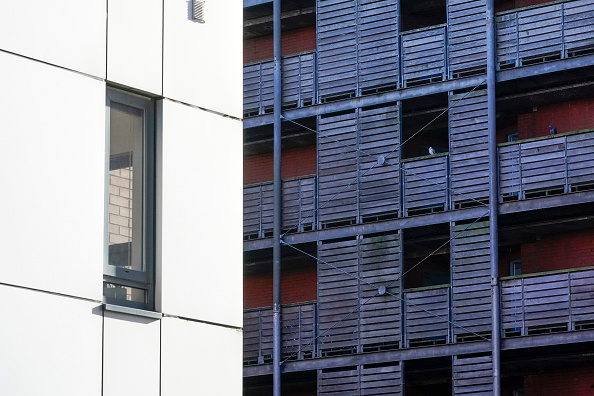Government will take almost 400 years to complete cladding remediations at current pace of fund

The government is anticipated to take almost 400 years to fix buildings affected by unsafe cladding, should works continue at their current pace.
A dozen unsafe buildings – who have been registered with the government’s £5bn building safety fund – have seen remediation works completed.
Out of 3,191 buildings with non-composite material cladding initially registered with the fund, just 12 have had works completed, since the launch of the fund in July 2020. However, hundreds of buildings have been rejected from the funding after applying.
The fund is helping to remediate a total of eight properties per year, according to analysis of total registrations from property developer StripeHomes.
Based on the initial 3,179 properties registered with the fund, full remediation would take approximately 397 years to complete, StripeHomes said.
The department for levelling up, housing and communities noted that just 820 buildings were found eligible for the fund, with an additional 795 deemed ineligible and another 747 having been withdrawn for registration with the fund.
As of the end of November, there were also 259 buildings with applications under review.
It was also reasonable for there to be a time-lag between funding allocation and project completions, meaning the pace at the beginning of the fund was unlikely to continue at the same rate, the department suggested.
The government has recently announced a fresh strategy to tackle the cladding crisis, following campaigners’ criticism that not enough was being done in the wake of the Grenfell tower fire in 2017.
In measures detailed by Michael Gove earlier this month, property developers will be forced to pay £4bn to replace and refurbish dangerous cladding in tower blocks.
New measures
Firms have been asked to voluntarily contribute to remediation costs, with Gove threatening legal imposition in the absence of developers’ cooperation.
No leaseholders living in buildings above 11 metres will be asked to pay for the refurbishment, with responsibility for costs placed at developers’ doors.
Managing director of StripeHomes, James Forrester, said leaseholders who were “living in fear” in unsafe buildings have been forced to pay hefty costs themselves or to “sit tight until the government decides to pull its finger out.”
He added: “The chances are they will be waiting a while as in the 18 months since the building safety fund was announced, the government’s efforts have been woeful and so the further pledge of £4bn announced last week will bring little reassurance. As if that wasn’t bad enough, those without an EWS1 are effectively trapped in their homes unable to sell due to mortgage companies rendering their homes worthless.
“It’s a dire situation and we need action, not PR spin and promises. It’s also highly unlikely that the nation’s biggest housebuilders will simply roll over without a fight and so the only ones likely to benefit from Gove’s latest announcement are the legal teams representing the parties in question.”
In the event that the number of properties ineligible and withdrawn were subtracted from the total registered with the fund, StripeHomes said at the current pace works would take an estimated 102.5 years to finish.
A spokesperson for the firm added: “It would take the government nearly 400 years to rectify the cladding on all of the properties to have applied for help.
“Unfortunately they’ve decided that the vast majority of these building don’t qualify and so these homeowners have been left high and dry.
“Despite this highly selective approach, their performance has been so woeful that they’re still set to take over 100 years to help those that do qualify. So we’re unlikely to see the end of this scandal anytime soon.”